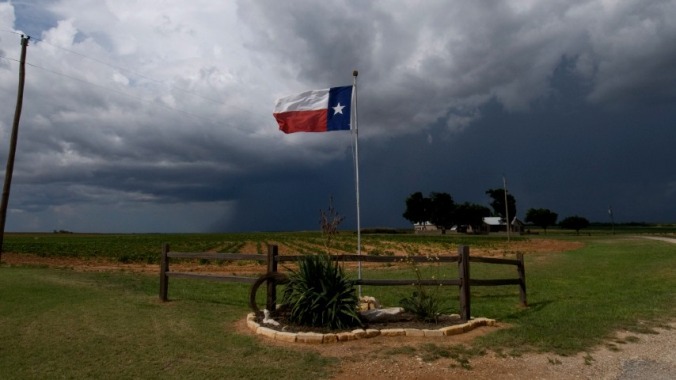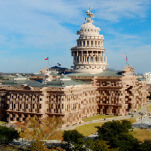Texas’ Abortion Ban Is Forcing Children Under 12 to Travel Out-of-State for Care
In 2023, six children under 12 were among at least 100 minors who had to leave Texas to have abortions.
Photo: Getty Images AbortionPolitics
Republican lawmakers across the country have spent the last few years fearmongering about LGBTQ “child groomers.” But according to a devastating new report in the Houston Chronicle, one of the graver threats to children’s bodily safety is, predictably, GOP lawmakers and their abortion bans. The Chronicle reports that in 2023, at least 100 minors had to leave Texas for abortion care; at least six of the minors were children under 12 years old. This number—100 minors—is ninefold from what it was five years ago. Prior to 2022, when the Supreme Court overturned Roe v. Wade, between 1,000 and 1,400 Texas minors received abortions in the state annually. That number fell to zero in 2023.
Child welfare advocates told the newspaper that many of the minors’ pregnancies resulted from rape and that every child’s pregnancy in the youngest age category resulted from rape. (The age of consent in Texas is 17.) Nonetheless, Texas’ abortion ban, which threatens providers with life in prison among other steep penalties, offers no exception for rape.
-

-

-

-

-

-

-

-

-

-

-

-

-

-

-

-

-

-

-

-

-

-

-

-

-

-

-

-

-

-

-

-

-

-

-

-

-

-

-

-








































